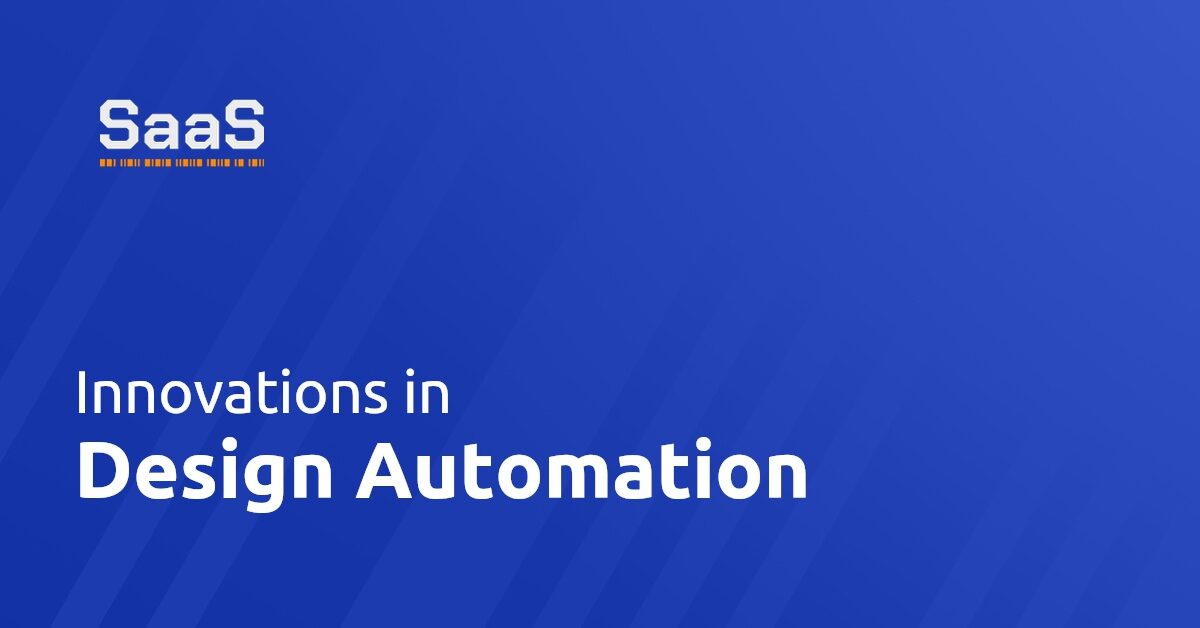Innovations in Design Automation: What to Expect in the Coming Years
The arena of design automation has been evolving at a rapid pace, presenting a new paradigm shift in various sectors like manufacturing, product development, and architectural design. It enhances efficiency, reduces errors, and enables fast-paced advancements.
How Will Design Automation Evolve in the Future?
The future of design automation lies in the convergence of various technologies. Artificial Intelligence (AI) and Machine Learning (ML) will shape the next generation of automated design tools by enabling more sophisticated and predictive abilities.
The advent of Generative Design, a process in which the design outcome is created by a set of defined rules and algorithms, is another key transformational aspect. It will augment design automation systems' ability to innovate much more efficiently.
Additionally, cloud-based design tools will be a game-changer too. They will provide a collaborative platform for sharing and editing designs in real-time, fostering innovation and reducing carbon footprint.
Revolutionizing Industries Through Advanced Design Automation
Design automation is poised to revolutionize various industries. In the automotive sector, it can lead to advanced designs with improved safety features and fuel efficiency. For the aviation industry, it can bring about lightweight and aerodynamic designs, thereby reducing fuel consumption.
Similarly, in the world of architecture and civil engineering, design automation can enable construction of complex and innovative structures, which were previously unconceivable. Moreover, due to its efficiency and accuracy, it will reduce waste and increase sustainability.
What Are the Latest Trends in Design Automation?
Among the most exciting trends is the integration of Internet of Things (IoT) with design automation. It will facilitate real-time monitoring, predictive maintenance, and continuous improvement in designs.
Another trend is the use of Virtual Reality (VR) and Augmented Reality (AR) in design automation. They will enable the visualization of designs in a simulated environment, providing a greater context and understanding of the design in its intended setting.
The adoption of blockchain technology is another anticipated trend. It will ensure design data integrity, traceability, and secure sharing between all stakeholders involved in the design process.
Unleashing the Potential of Design Automation Technologies
Implementing design automation technologies will require overcoming key challenges. It includes strengthening data security, enabling interoperability between different systems, and investing in workforce training.
However, the potential benefits far outweigh these challenges. Design automation technologies offer tremendous opportunities for businesses to increase productivity, reduce cost, improve quality, and drive innovation.
As businesses strive to remain competitive in an ever-evolving digital landscape, the adoption and advancement of design automation technologies will be an essential factor. The future of industries will not be the same with these remarkable transformations underway.








